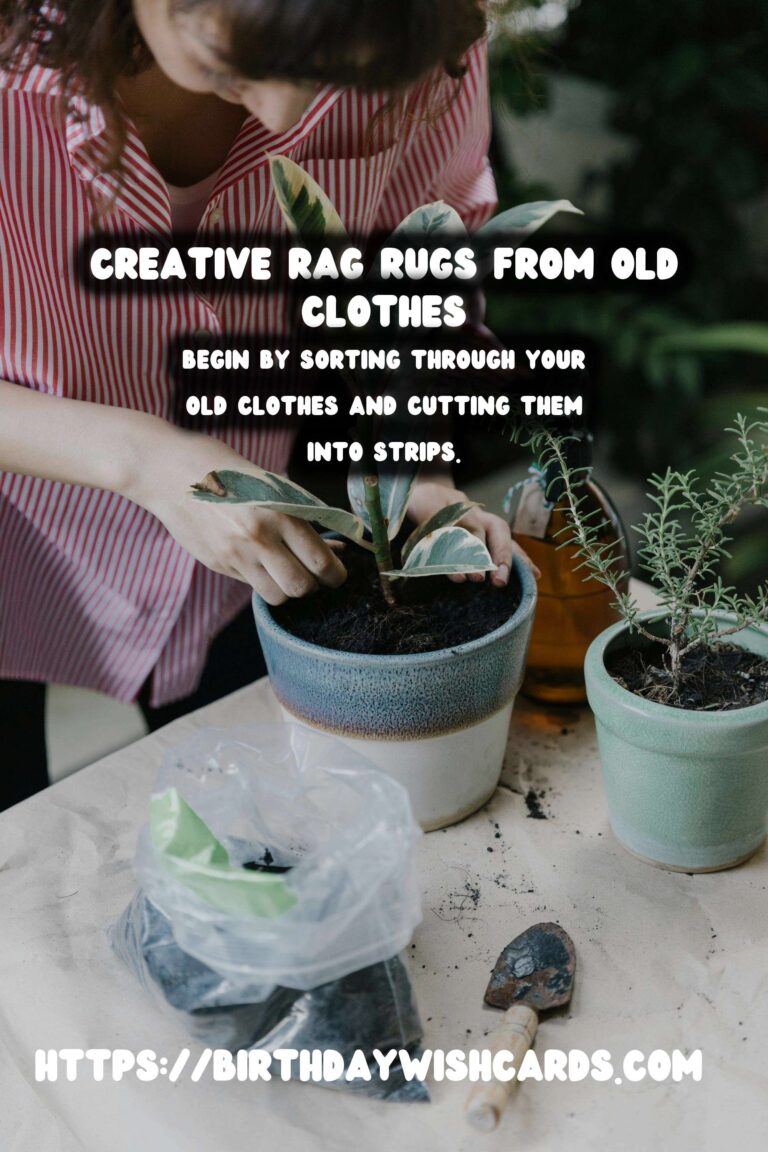
In a world increasingly focused on sustainability and reducing waste, upcycling has become a buzzword that resonates with eco-conscious individuals. One of the most creative and functional ways to upcycle is by transforming old clothes into rag rugs. This not only gives new life to textiles that might otherwise end up in a landfill but also provides a unique and personal touch to your home decor.
Why Upcycle Old Clothes?
Upcycling old clothes into rag rugs is an environmentally friendly way to reduce waste. The fashion industry is notorious for its significant contribution to pollution, and by reusing materials, you can help mitigate this issue. Additionally, upcycling allows you to preserve the memories associated with your old clothes by incorporating them into a new and functional item.
Materials Needed for Making Rag Rugs
To start your rag rug project, gather the following materials:
- Old clothes: T-shirts, jeans, and other soft fabrics work best.
- Scissors: Sharp scissors make cutting fabric easier.
- A large needle: For sewing the strips together.
- Thread or yarn: To hold the rug together.
- A rug base (optional): A non-slip rug pad can serve as a base.
Step-by-Step Guide to Making Rag Rugs
Step 1: Preparing the Fabric
Begin by sorting through your old clothes. Choose fabrics that are soft and easy to work with, avoiding materials that fray excessively. Cut the clothes into strips approximately 1 to 2 inches wide. The length of the strips can vary, but longer strips will be easier to weave.
Step 2: Creating the Braid
Take three strips of fabric and tie them together at one end. Start braiding the strips, adding more fabric strips as needed. The braid forms the basic structure of your rag rug.
Step 3: Forming the Rug
Once you have a long braid, begin coiling it into a spiral or oval shape, depending on your preference. Use a large needle and thread or yarn to sew the braid together as you shape your rug. Continue adding to the coil until your rug reaches the desired size.
Benefits of Rag Rugs
Rag rugs offer numerous benefits beyond their environmental impact. They are durable, washable, and can be customized to fit any color scheme or decor style. Additionally, the process of making rag rugs can be therapeutic and rewarding, providing a sense of accomplishment as you see your creation come to life.
Creative Variations
While the traditional braided rug is a popular choice, there are several variations you can explore. Consider experimenting with different weaving techniques, such as crochet or loom weaving, to create different textures and patterns. You can also incorporate multiple colors to create a vibrant and eye-catching piece.
Conclusion
Turning old clothes into rag rugs is an excellent way to practice sustainability while expressing your creativity. This rewarding project not only reduces waste but also results in a beautiful and functional piece of home decor. Whether you choose to keep your rag rug or gift it to a friend, you can take pride in your eco-friendly and artistic endeavor.
Upcycling old clothes into rag rugs is an environmentally friendly way to reduce waste. Begin by sorting through your old clothes and cutting them into strips. Take three strips of fabric and start braiding them to form the basic structure of your rag rug. Once you have a long braid, begin coiling it into a spiral or oval shape. Rag rugs are durable, washable, and can be customized to fit any decor style. 
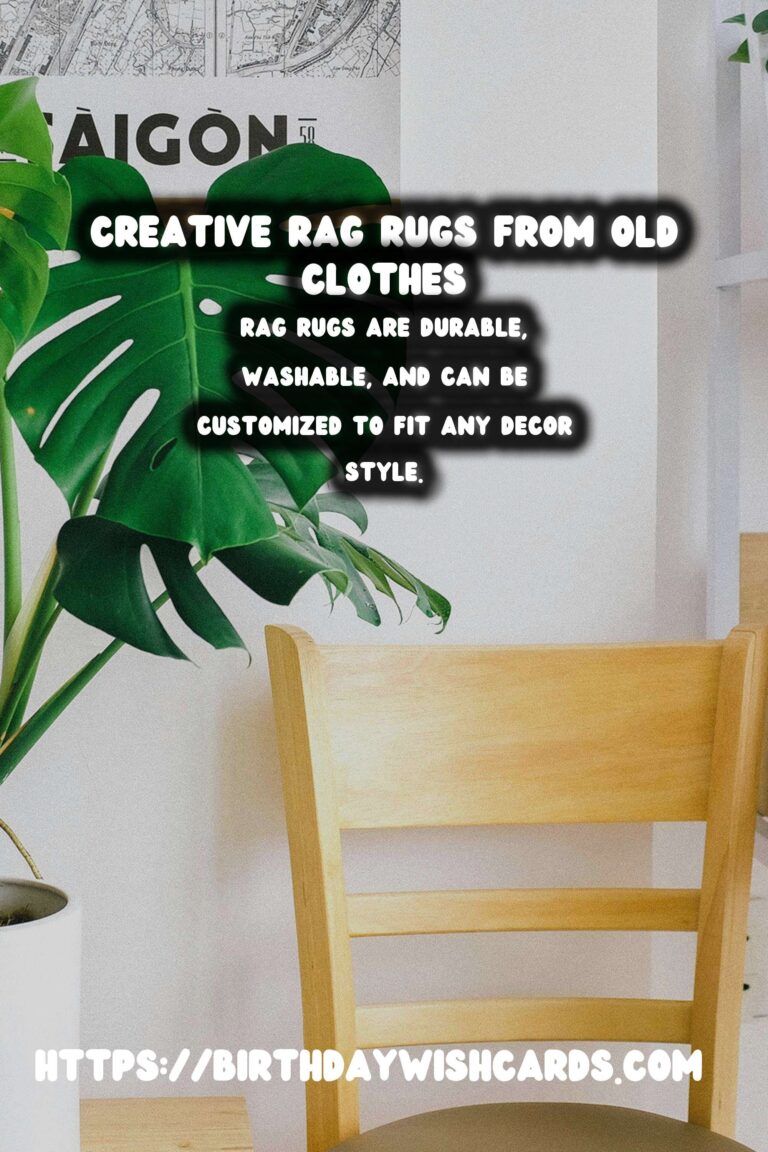
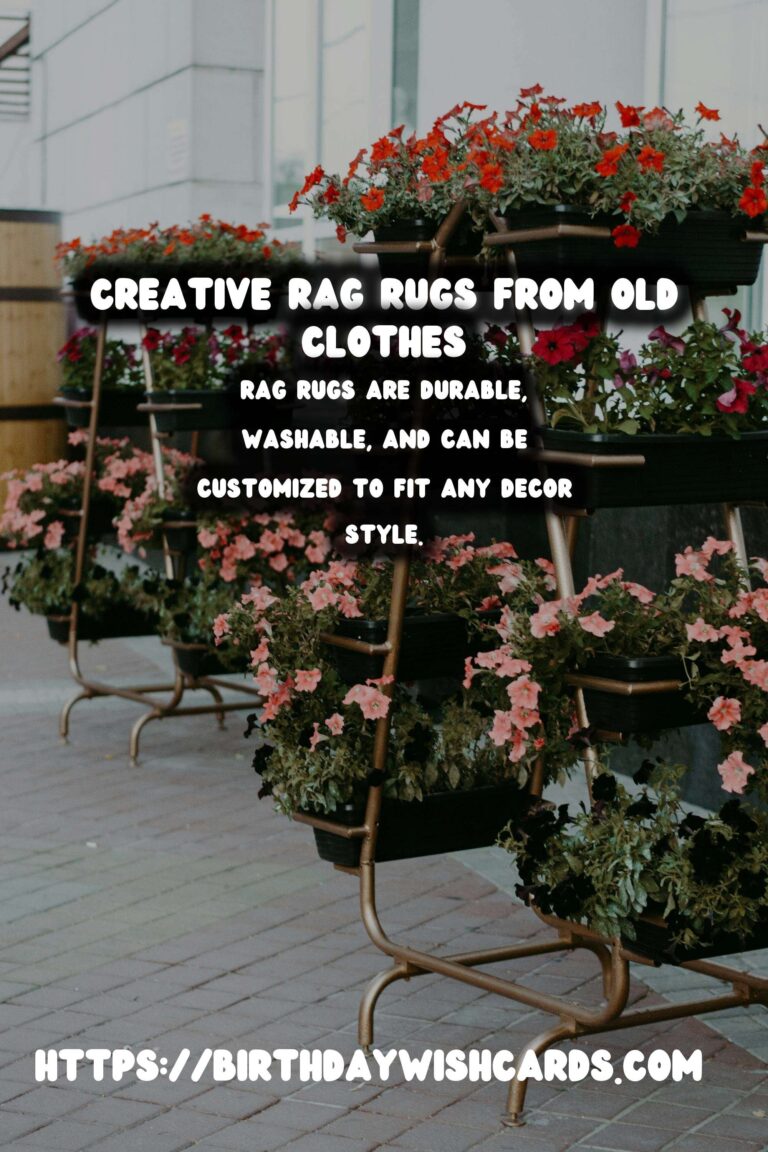
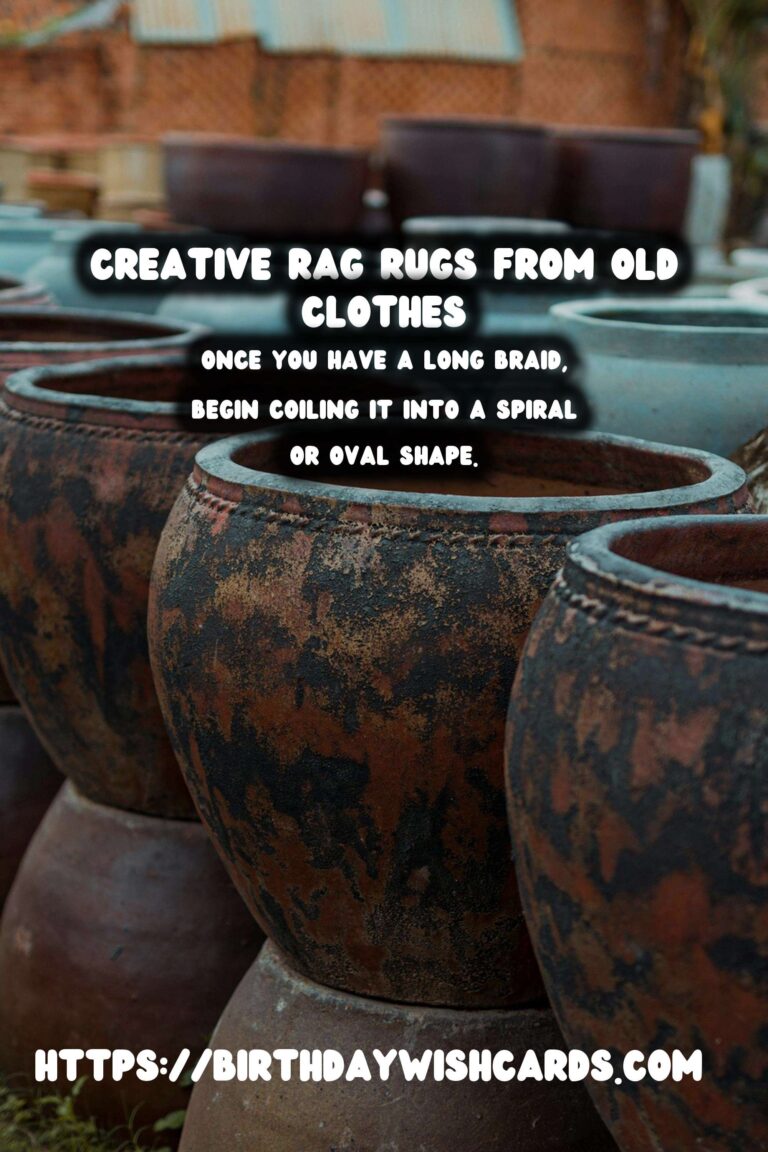
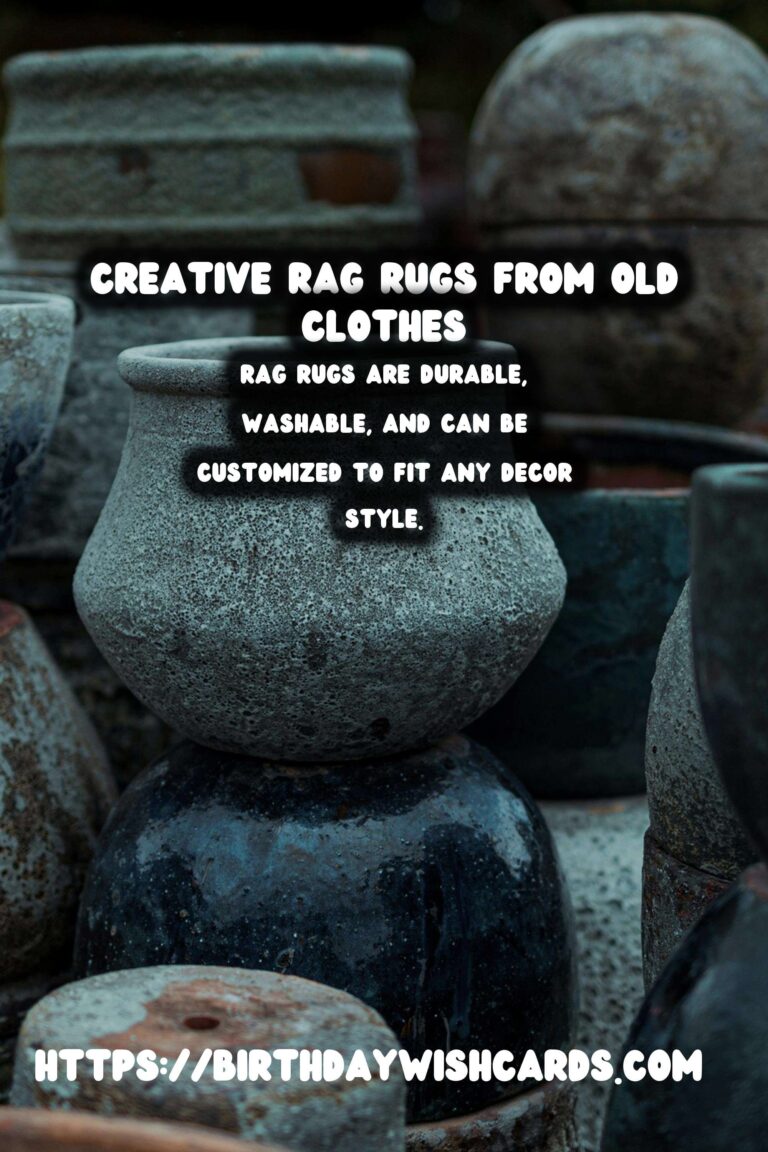
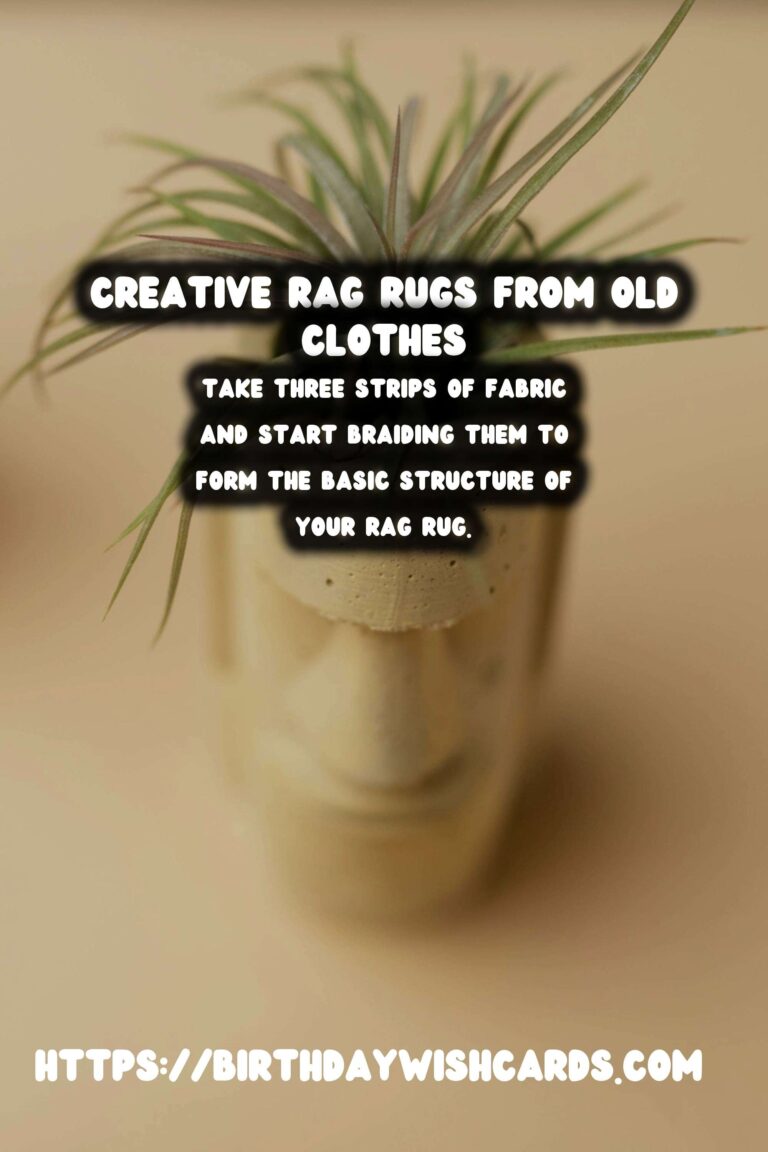
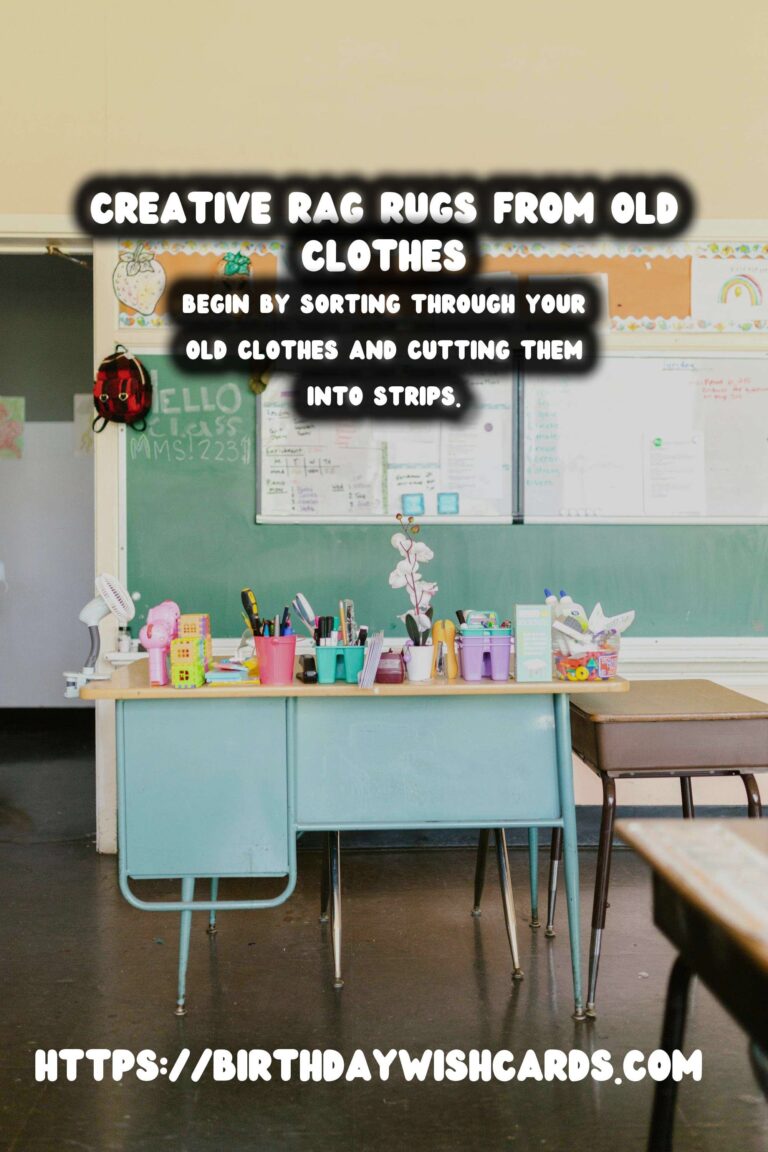

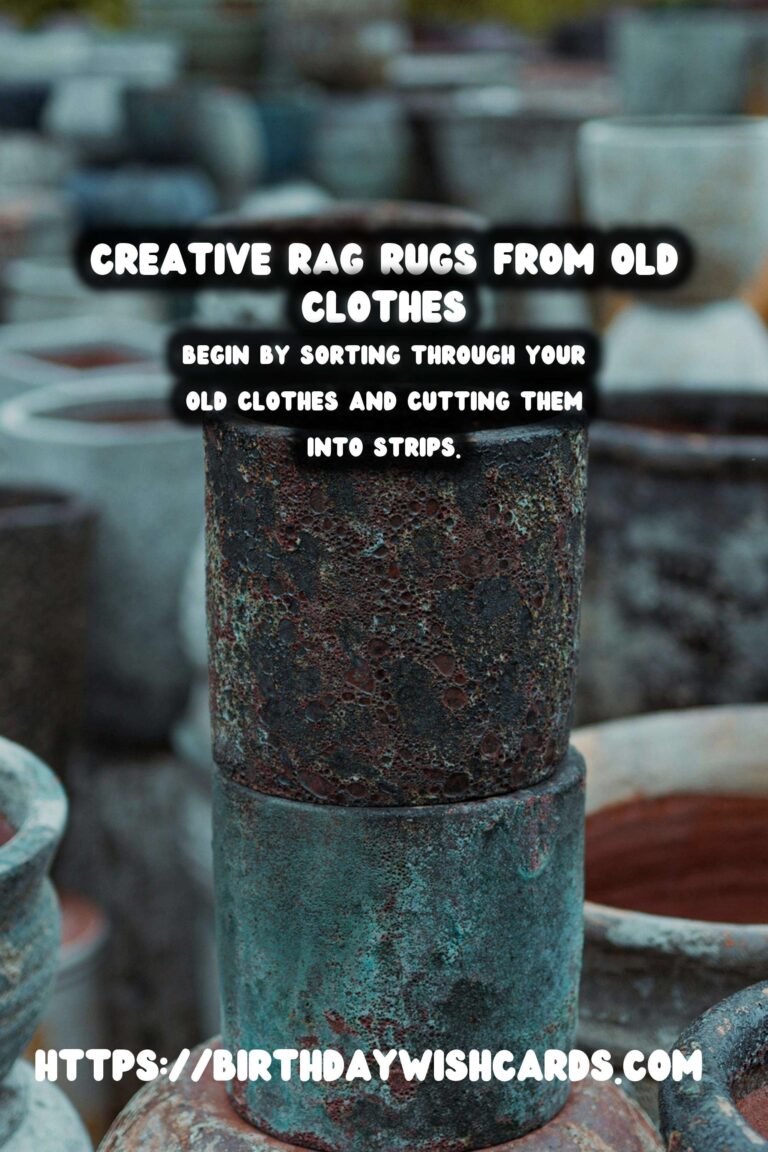
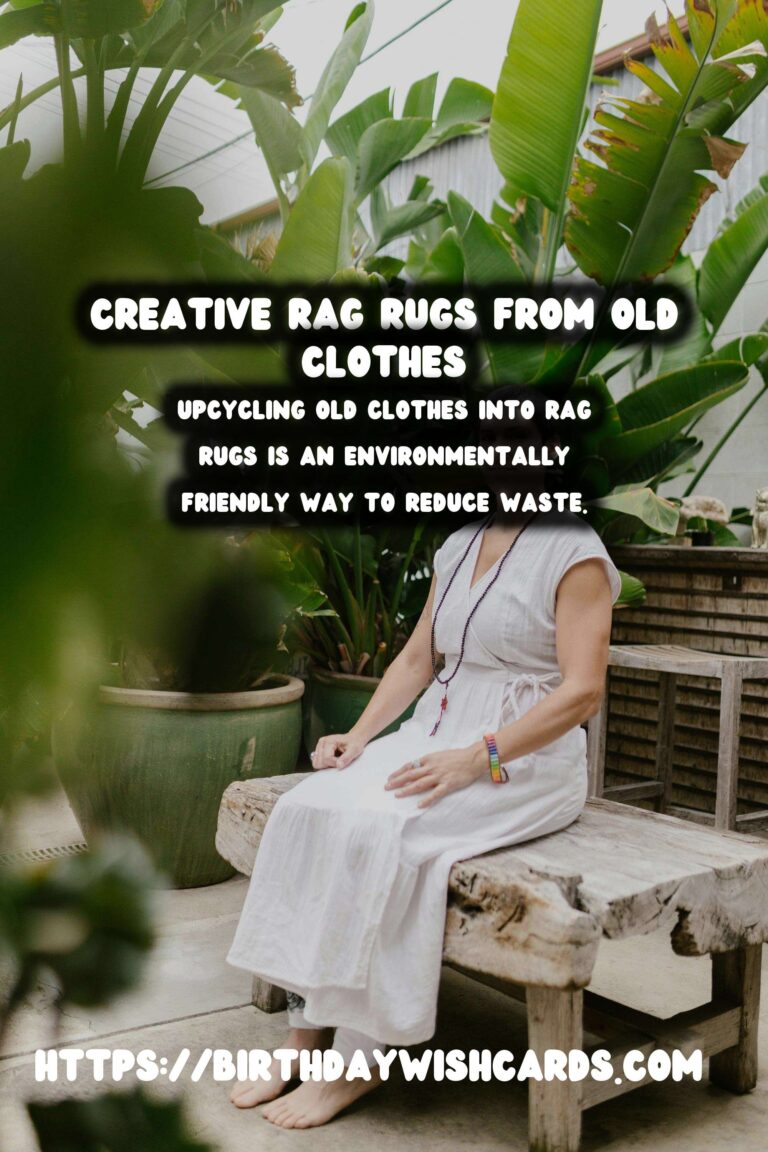
#Upcycling #SustainableLiving #DIYProjects #EcoFriendly




